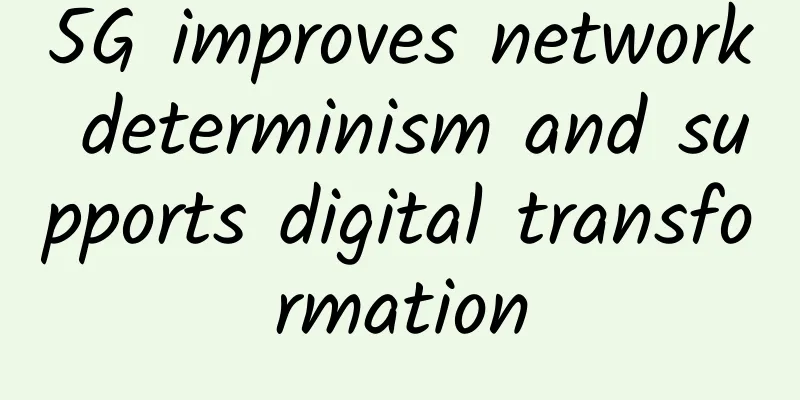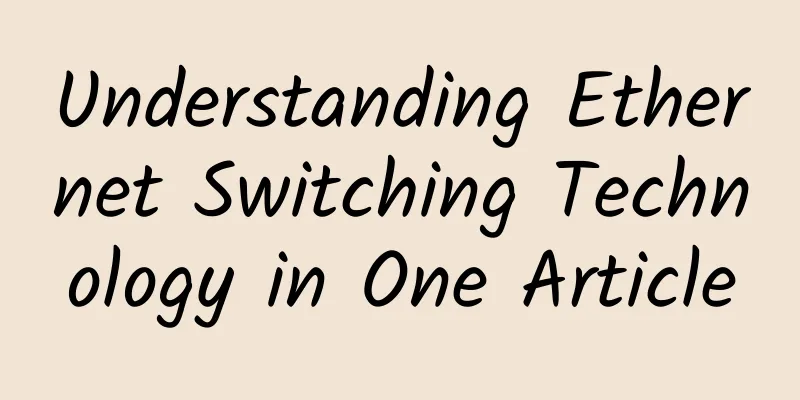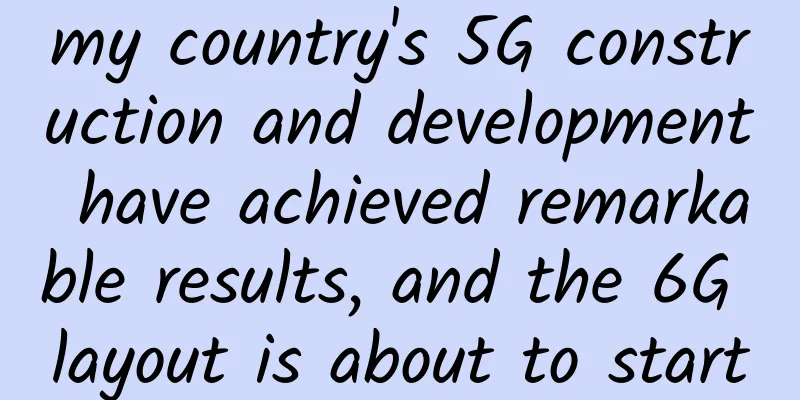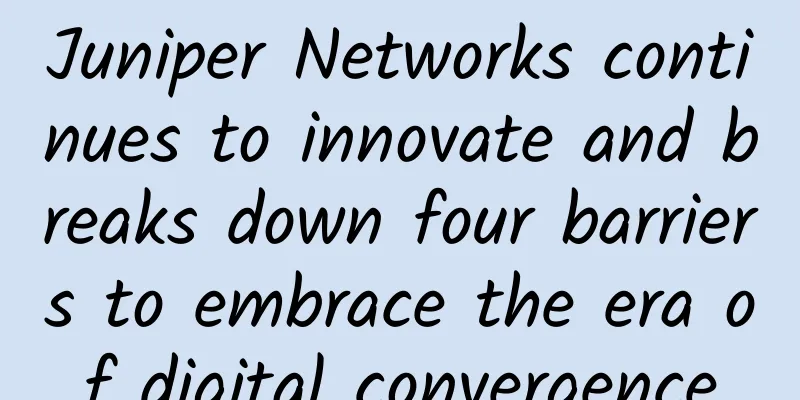5G network speed is not as fast as 4G. Is this a trick of the operators?
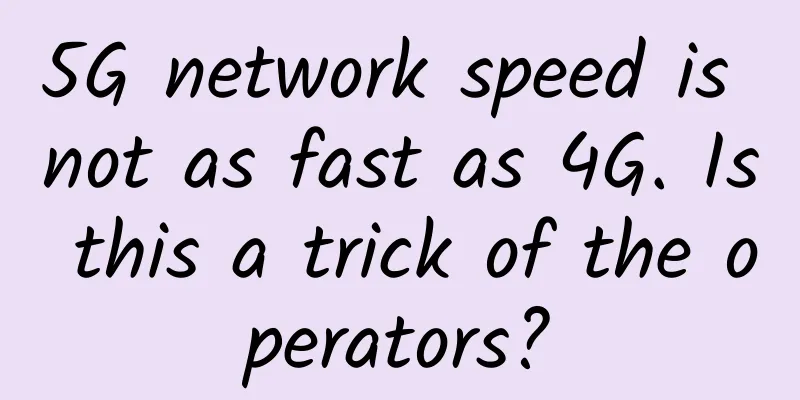
|
Do you often hear descriptions like “5G Internet access is incredibly fast”? As 4G is upgraded to 5G, people's expectations for Internet speed are getting higher and higher. However, you may find that 5G is not as fast as the legend says! Is this another trick of the operator? Not necessarily. Let's see who is holding it back. Base station coverage. Generally speaking, the coverage radius of a base station is about 5-10 kilometers for 2G base stations, about 2-5 kilometers for 3G base stations, about 1-3 kilometers for 4G base stations, and about 100-300 meters for 5G base stations. Did you see that? Although the 5G rate is 10 times that of 4G, the base station coverage is only one-tenth of the latter. Especially in densely populated high-rise areas, or in the case of fast movement, the signal fluctuates greatly and the network will be affected. This is why the 5G network speed varies greatly in different locations. Of course, if you use a dedicated fiber line or an indoor distribution system, you can also improve this kind of problem. Internet usage time. This is just like tap water. When cooking, the whole building is using water, so your home will naturally use less water. The same is true for Internet speed. During peak Internet usage or in areas with dense users, coupled with the limited coverage of 5G base stations, the Internet speed will naturally decrease. Otherwise, why is there such a thing as "off-peak traffic"? Fortunately, 5G has large bandwidth and large capacity. As long as base station construction is gradually rolled out, it will not be a problem in the future. Terminal device. If the phone shows that the 5G signal is full, but the network speed is still slow, then you need to consider the problem of the phone itself. It may be that multiple files are downloaded at the same time, resulting in slow network speed, or there may be too many running programs and you need to clean up the background. In short, the legendary 5G is truly "high-speed", but the actual speed will be affected by different factors. We must also look at this correctly. After all, we will eventually embrace the 5G era. |
<<: Towards dual carbon: Green demands and competition focus in East and West computing
Recommend
Neusoft Security - A "practical" company in the field of in-vehicle information security
Since 2000, my country's automobile industry ...
China's three major operators finally gave in, reducing 5G package fees, netizens: Still can't afford it
As we all know, since the end of 2018, countries ...
Edge user performance improvement solution based on multi-point coordination CoMP
1. Project Background The 5G communication networ...
New infrastructure, new engine: Huawei releases new generation NetEngine 8000 full-service smart router
[Nanjing, China, August 18, 2020] Today, at a pre...
In 6 years, the staff has gone from novices to experts. The informatization of the China National Museum of Ethnic Minorities is so trendy!
[51CTO.com original article] Whenever people ment...
Ten Wi-Fi predictions for 2024 and beyond
As available spectrum increases around the world,...
Five-minute technology talk | The next milestone in the 5G era: 5.5G
The 5G communication network has the characterist...
Friendhosting Spring Promotion, VPS at least 45% off for half a year starting from 7.6 euros
Friendhosting is a Bulgarian hosting company esta...
IT spending priorities for 2020
The role of the CIO has become a transformational...
The road to containerized network functions
【51CTO.com Quick Translation】Service providers an...
Is the 5G era really here? Let’s solve the dilemma of 5G spending too much and earning too little first
On June 14, the 5G independent networking standar...
Improve efficiency Essential tools on Mac
[[396744]] There are many useful software on Mac,...
VIRPUS: $35/month-E3 1230/16GB/500GB/5TB/Seattle data center
VIRPUS is a long-established foreign VPS hosting ...
How to meet the new challenges of data center facility operation and maintenance in the new era?
Data Center of the New Era Data centers have only...
Ruijie's "Pioneer Wireless Office" settled in the Fortune 500 Kangmei Pharmaceutical and solved Wi-Fi problems in depth
Today, deploying Wi-Fi has become an important pa...




